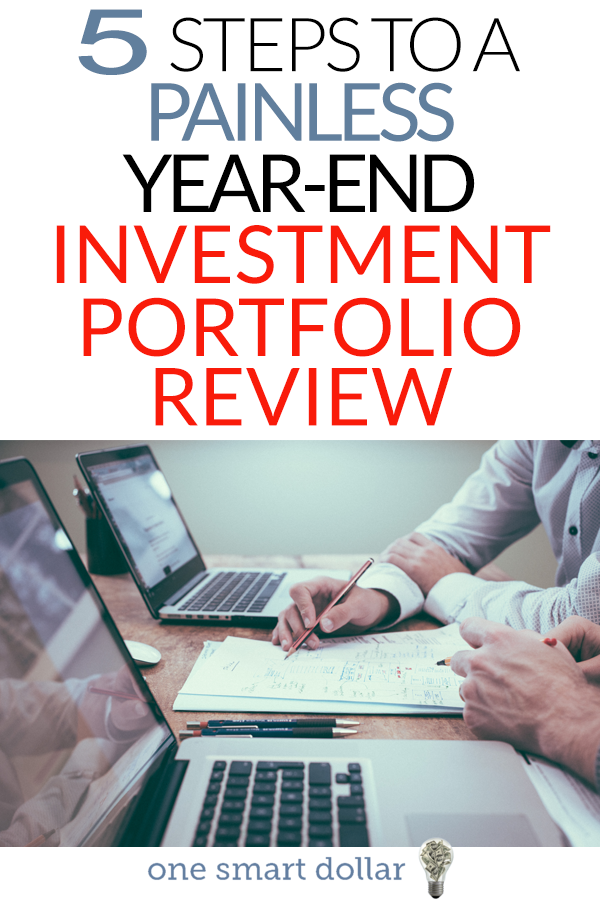
With the end of the year approaching and tax season also starting to creep up, now is a good time for investors to think about their portfolios and overall savings and investing approach. It’s important to monitor your progress toward your financial goals and make sure your investments are working for you. In between your holiday parties and family time, consider these steps to help you minimize your tax liability for the current year and position your portfolio for the coming year.
Rebalance your portfolio
According to Schwab’s Modern Wealth Index, less than 40 percent of investors have rebalanced their portfolio in the last year. With the broader market up over 16% so far this year, as measured by the S&P 500, it’s possible your investments have strayed from your target asset allocation. That’s because over time, assets that have gained in value will account for more of your portfolio, while those that have declined will account for less. This can leave you exposed to unintended risk if the market environment should suddenly change, turning former “winners” into underperformers.
Rebalancing means selling positions that have become overweight in relation to your target allocation and moving the proceeds to positions that have become underweight. The end of the year is a good time to take a look at your portfolio allocation and make sure it’s aligned to your goals and risk tolerance. This can be especially important for people nearing or in retirement, who might not be able to withstand sudden volatility.
Consider tax-loss harvesting
Tax-loss harvesting is an underappreciated investing strategy that investors should consider while rebalancing their portfolios. Investors generally don’t want to sell anything at a loss, but there can be tax benefits if you have capital gains to offset. Tax-loss harvesting can also serve as a motivation to sell underperforming investments or re-diversify overly concentrated stock positions.
Max out retirement savings (if you can)
According to Schwab’s Modern Wealth Index, just 15 percent of investors max out their 401(k) savings. End of year is a good time to evaluate your overall savings and determine if you can bump up what you’re putting away for retirement for the following year. For 2018, the maximum 401(k) contribution will be $18,500. It’s a good idea to take full advantage of your employee retirement plan, at least to the point of any employer match. Also, if you’re over 50, end of year is a good time to start thinking about making some room: you are allowed to contribute an additional $6,000 in catch-up contributions, for a total of $24,000.
Consider a Health Savings Account (HSA)
It’s open enrollment season, and if your employer offers a HSA—and you qualify to contribute to one— it can serve as a stealth retirement savings account in addition to a 401(k) or an IRA. If you’re able to contribute to a HSA and leave it alone, it can be used to cover healthcare expenses in retirement without tapping into other savings.
If you already have an HSA, try to contribute the annual maximum before the end of the year. For 2017, those in high-deductible health-insurance plans can sock away as much as $3,400 before taxes. For families, the figure is $6,750, and those age 55 and older can contribute an additional $1,000.
If there’s money leftover in your health care Flexible Spending Account (FSA), you may only have until December 31 to tap into it for eligible health and medical expenses. Unused funds in FSAs are typically forfeited at year’s end, although some plans don’t follow the calendar year. Check with your employer to confirm your plan’s deadlines.
Charitable giving
End of year is a time when many people think about charitable giving. As with other aspects of your finances, it’s important for charitable giving to be part of a broader financial plan. Two considerations, particularly for older investors, are the $14,000 charitable gift exclusion that can be contributed to a child or grandchild’s 529 account and donating a portion of your retirement income that you don’t need for living expenses, as you can deduct contributions to qualified organizations.
Assessing your current savings and investing strategy, and adjusting accordingly, is integral for maximizing your long-term returns. It’s easy to deprioritize your investments amidst the chaos of the holidays, but taking the time to evaluate your success and consider unexplored opportunities can really set you up for success for the coming year.
Rob Williams, CFP®, CRPC®, is managing director of income planning at the Schwab Center for Financial Research. Some content provided here has been compiled from previously published articles authored by various parties at Schwab.
This information is not intended to be a substitute for specific individualized legal or tax advice. Please consult a qualified legal or tax advisor where such advice is necessary or appropriate. Investing involves risk including loss of principal.
Diversification, asset allocation and rebalancing strategies do not ensure a profit and do not protect against losses in declining markets.

